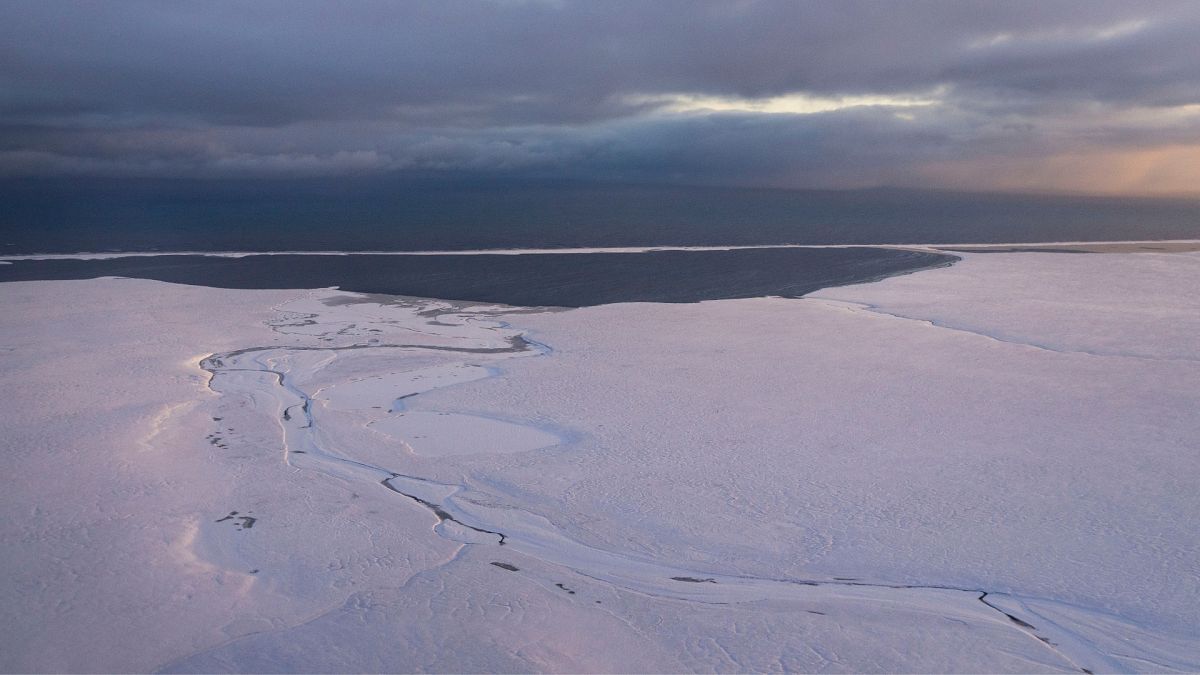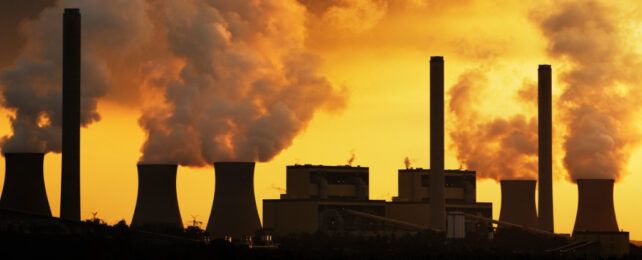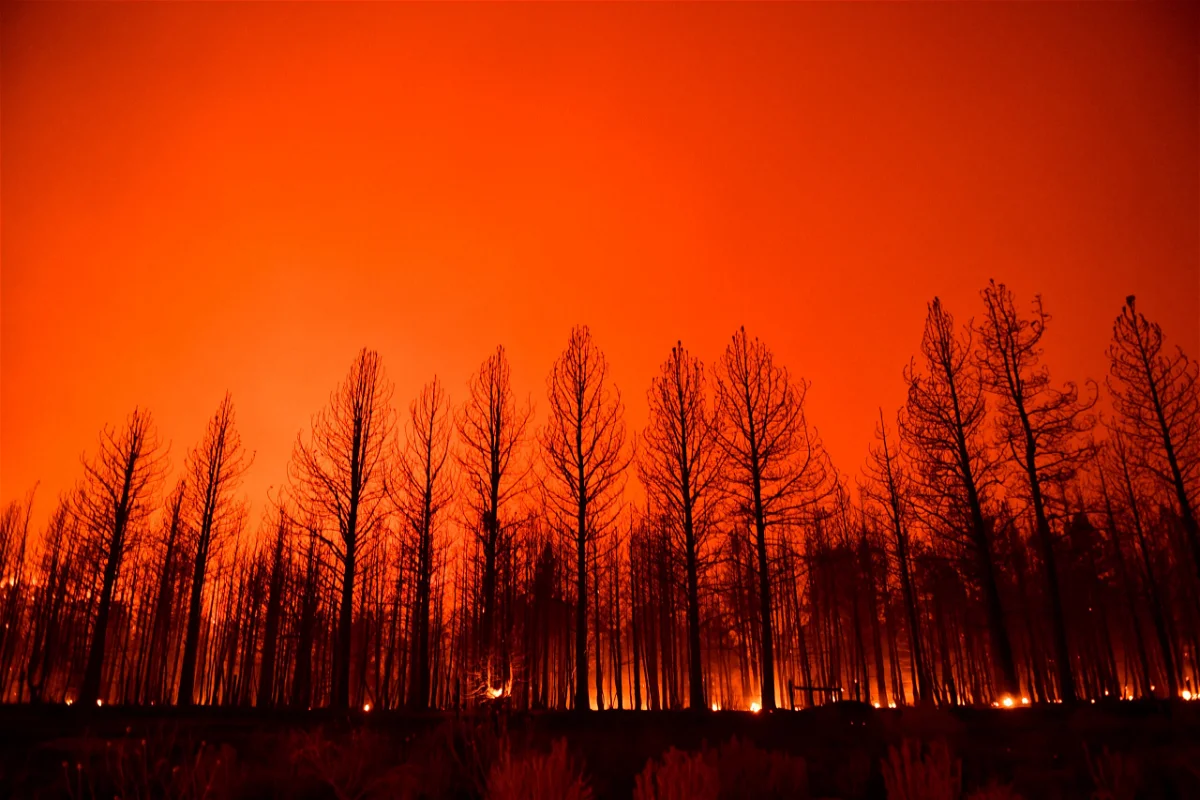
Dramatic changes in the Arctic are being driven by high temperatures and intense wildfires. After storing carbon dioxide for millennia in frozen soil, the Arctic tundra has now become a source of emissions.

The carbon footprint from private jet travel grew 46 % between 2019 and 2023 and will keep rising unless the ultra-luxury industry is regulated, according to a new research.

Greenhouse gas levels surged to a new record in 2023, committing the planet to rising temperatures for many years to come. CO2 is accumulating in the atmosphere faster than any time experienced during human existence.

Our CO2 emissions are warming the planet and making life uncomfortable and even unbearable in some regions.

The findings reveal that carbon dioxide (CO2) levels play a critical role in the lifespan and transmission of airborne viruses.

Australian passenger vehicles are emitting 50% more carbon dioxide (CO₂) than the average of the world's major markets. And the real-world situation is even worse than official figures show.

A recent report by the Agriculture Department has made an alarming revelation: by 2070, US forests may switch roles from being carbon absorbers to significant carbon emitters.

These jaw-dropping videos demonstrate precisely where the majority of this critical greenhouse gas is being released, and how that changes over the course of a single year.

Greenhouse gas emissions are at an all-time high, with yearly emissions equivalent to 54 billion tonnes of carbon dioxide.

Releasing 1000 gigatons of carbon into the atmosphere will cause the southern portion of the ice sheet to melt. If it melts entirely, global sea level would rise about 7 meters. We've emitted about 500 gigatons of carbon already.

More than half of the digital data firms generate is collected, processed and stored for single-use purposes. Often, it is never re-used. In 2020, digitisation generated 4% of global greenhouse emissions.

A year-round variety has a real cost on the planet, with a new study finding that 'food miles' account for 19 % of all food emissions – three times more than previously thought.

The increase in global CO2 emissions of over 2 billion metric tons in 2022 is the largest in history in absolute terms, more than offsetting the previous year's pandemic-induced decline.

The global average of carbon dioxide concentrations hit a new high of 413.2 parts per million last year, according to the WMO report. It was higher than the annual average over the last decade, despite a 5.6% drop of CO2 due to Covid.

The world’s biggest historical carbon gas emitters from year 1850 to 2021 (in descending order) are: the USA, China, Russia, Brazil, Indonesia, Germany, India, UK, Japan, Canada.